Major Power Relations
Your Present Location: PROGRAMS> Major Power RelationsZhao Minghao: Vicious cycle on Korean Peninsula must end
By Zhao Minghao Source: Global Times Published: 2017-3-5
The US and South Korea kicked off an unprecedented high-intensity joint military exercise on Wednesday, which has made the international community nervous. Foal Eagle, a field training exercise involving ground, air and naval forces, will run until the end of April. The US plans to send strategic naval vessels such as the USS Carl Vinson aircraft carrier to the joint drill, and the B-52 bombers will also be a part of it.
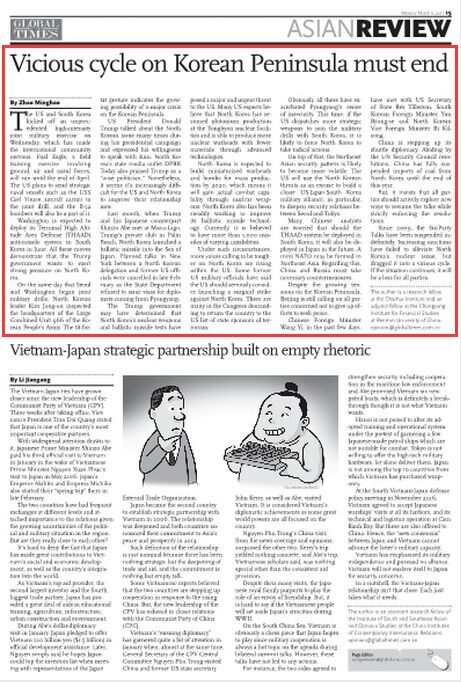
Washington is expected to deploy its Terminal High Altitude Area Defense (THAAD) anti-missile system in South Korea in June. All these moves demonstrate that the Trump government wants to exert strong pressure on North Korea.
On the same day that Seoul and Washington began joint military drills, North Korean leader Kim Jong-un inspected the headquarters of the Large Combined Unit 966 of the Korean People`s Army. The tit-for-tat gesture indicates the growing possibility of a major crisis on the Korean Peninsula.
US President Donald Trump talked about the North Korean issue many times during his presidential campaign and expressed his willingness to speak with Kim. North Korea`s state media outlet DPRK Today also praised Trump as a "wise politician." Nonetheless, it seems it`s increasingly difficult for the US and North Korea to improve their relationship now.
Last month, when Trump and his Japanese counterpart Shinzo Abe met at Mar-a-Lago, Trump`s private club in Palm Beach, North Korea launched a ballistic missile into the Sea of Japan. Planned talks in New York between a North Korean delegation and former US officials were cancelled in late February as the State Department refused to issue visas for diplomats coming from Pyongyang.
The Trump government may have determined that North Korea`s nuclear weapons and ballistic missile tests have posed a major and urgent threat to the US. Many US experts believe that North Korea has resumed plutonium production at the Yongbyon nuclear facilities and is able to produce more nuclear warheads with fewer materials through advanced technologies.
North Korea is expected to build miniaturized warheads and bombs for mass production by 2020, which means it will gain actual combat capability through nuclear weapons. North Korea also has been steadily working to improve its ballistic missile technology. Currently, it is believed to have more than 1,000 missiles of varying capabilities.
Under such circumstances, more voices calling to be tougher on North Korea are rising within the US. Some former US military officials have said the US should seriously consider launching a surgical strike against North Korea. There are many in the Congress demanding to return the country to the US list of state sponsors of terrorism.
Obviously, all these have exacerbated Pyongyang`s sense of insecurity. This time, if the US dispatches more strategic weapons to join the military drills with South Korea, it is likely to force North Korea to take radical actions.
On top of that, the Northeast Asian security pattern is likely to become more volatile. The US will use the North Korean threats as an excuse to build a closer US-Japan-South Korea military alliance, in particular, to deepen security relations between Seoul and Tokyo.
Many Chinese analysts are worried that should the THAAD system be deployed in South Korea, it will also be deployed in Japan in the future. A mini NATO may be formed in Northeast Asia. Regarding this, China and Russia must take necessary countermeasures.
Despite the growing tensions on the Korean Peninsula, Beijing is still calling on all parties concerned not to give up efforts to seek peace.
Chinese Foreign Minister Wang Yi, in the past few days, have met with US Secretary of State Rex Tillerson, South Korean Foreign Minister Yun Byung-se and North Korean Vice Foreign Minister Ri Kil-song.
China is stepping up its shuttle diplomacy. Abiding by the UN Security Council resolutions, China has fully suspended imports of coal from North Korea until the end of this year.
But, it insists that all parties should actively explore new ways to resume the talks while strictly enforcing the resolutions.
Since 2009, the Six-Party Talks have been suspended indefinitely. Increasing sanctions have failed to alleviate North Korea`s nuclear issue, but dragged it into a vicious cycle. If the situation continues, it will be a loss for all parties.
The author is a visiting fellow of Chongyang Institute for Financial Studies at Renmin University of China.
Key Words: Korean; Trump; Kim Jong-un; Zhao Minghao

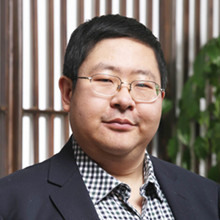

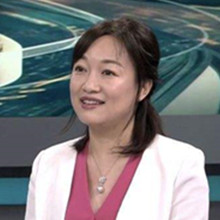



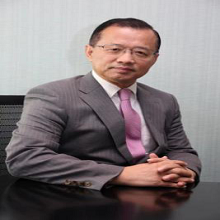
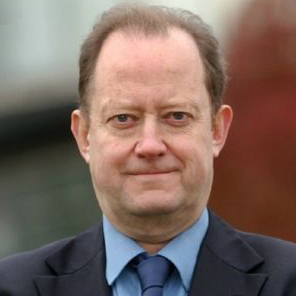
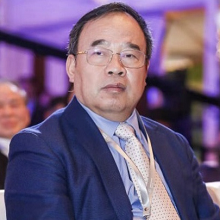
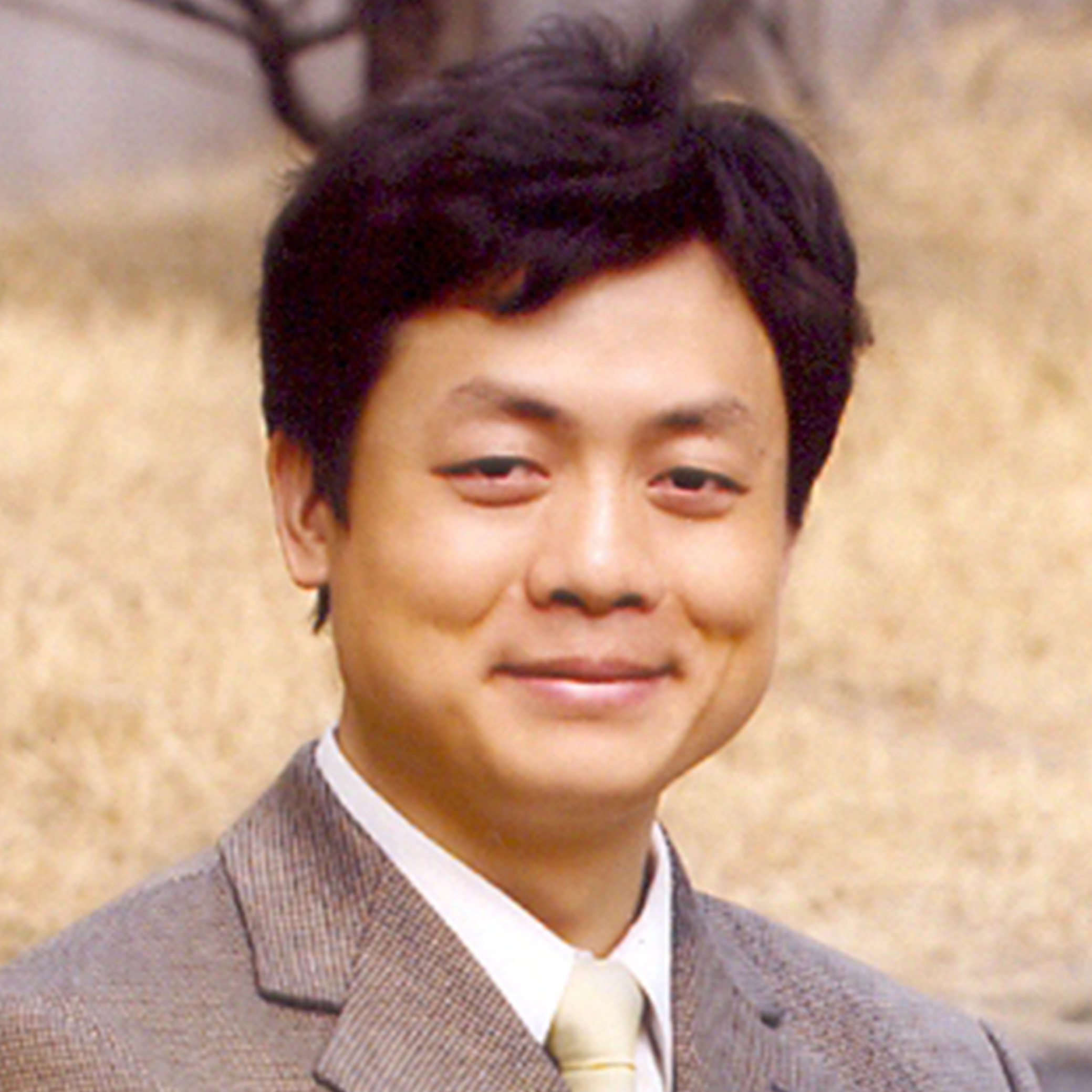
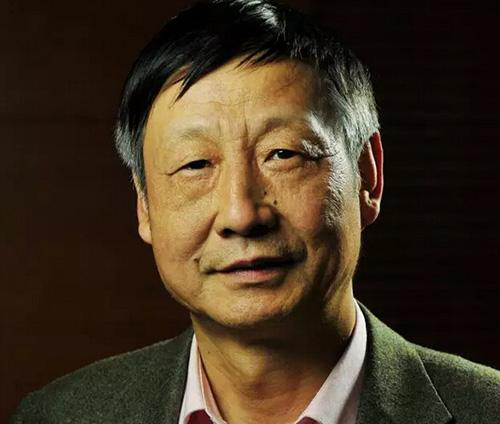
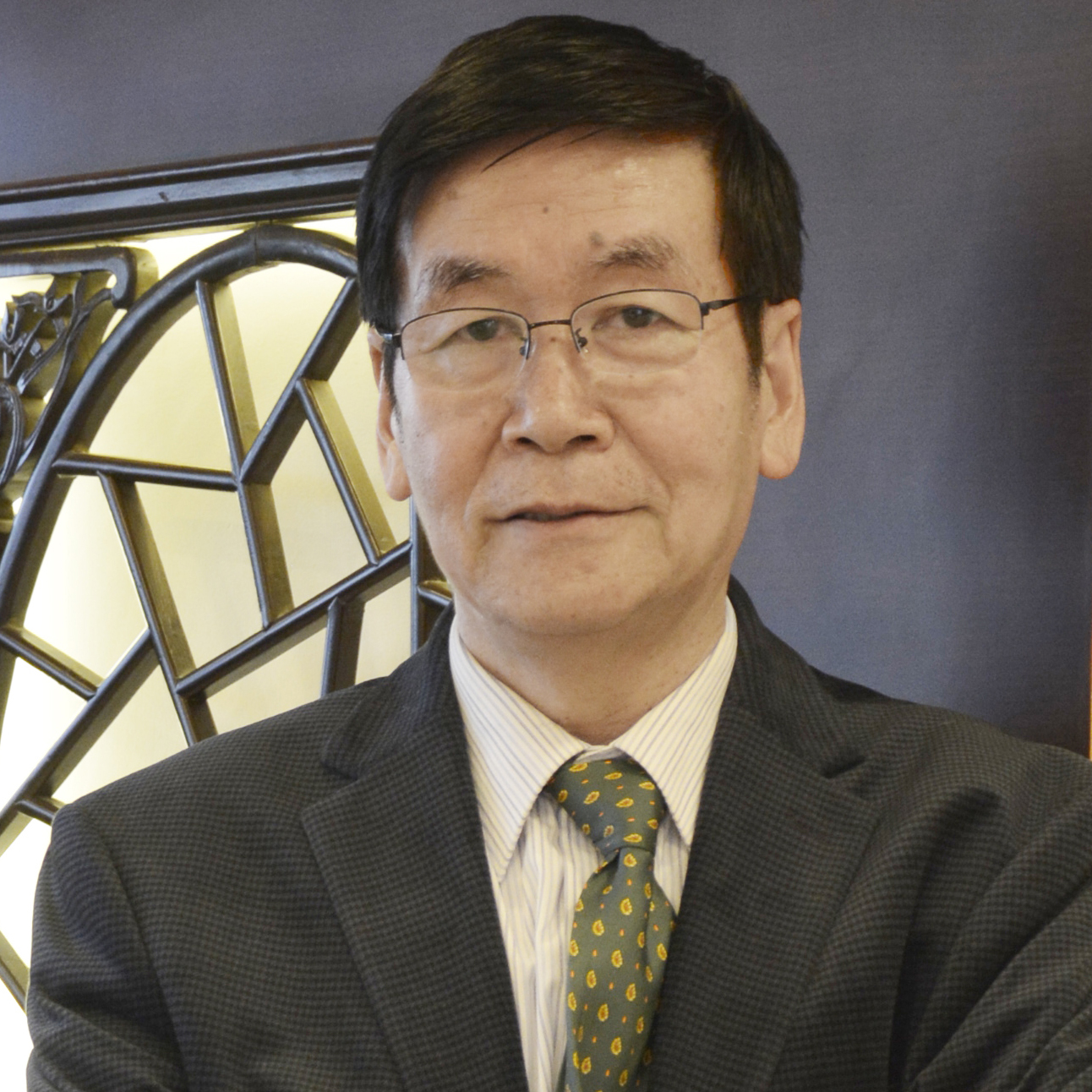
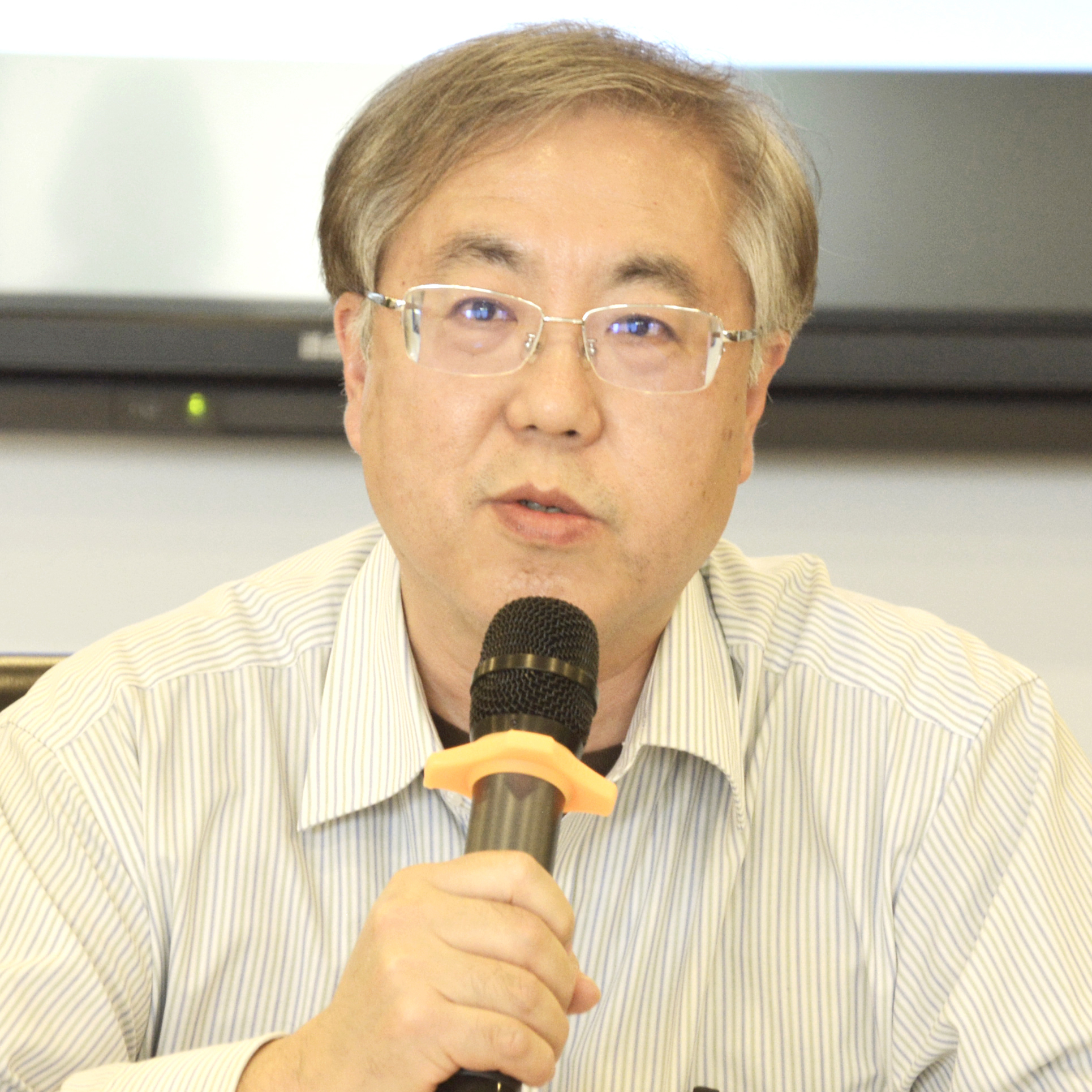

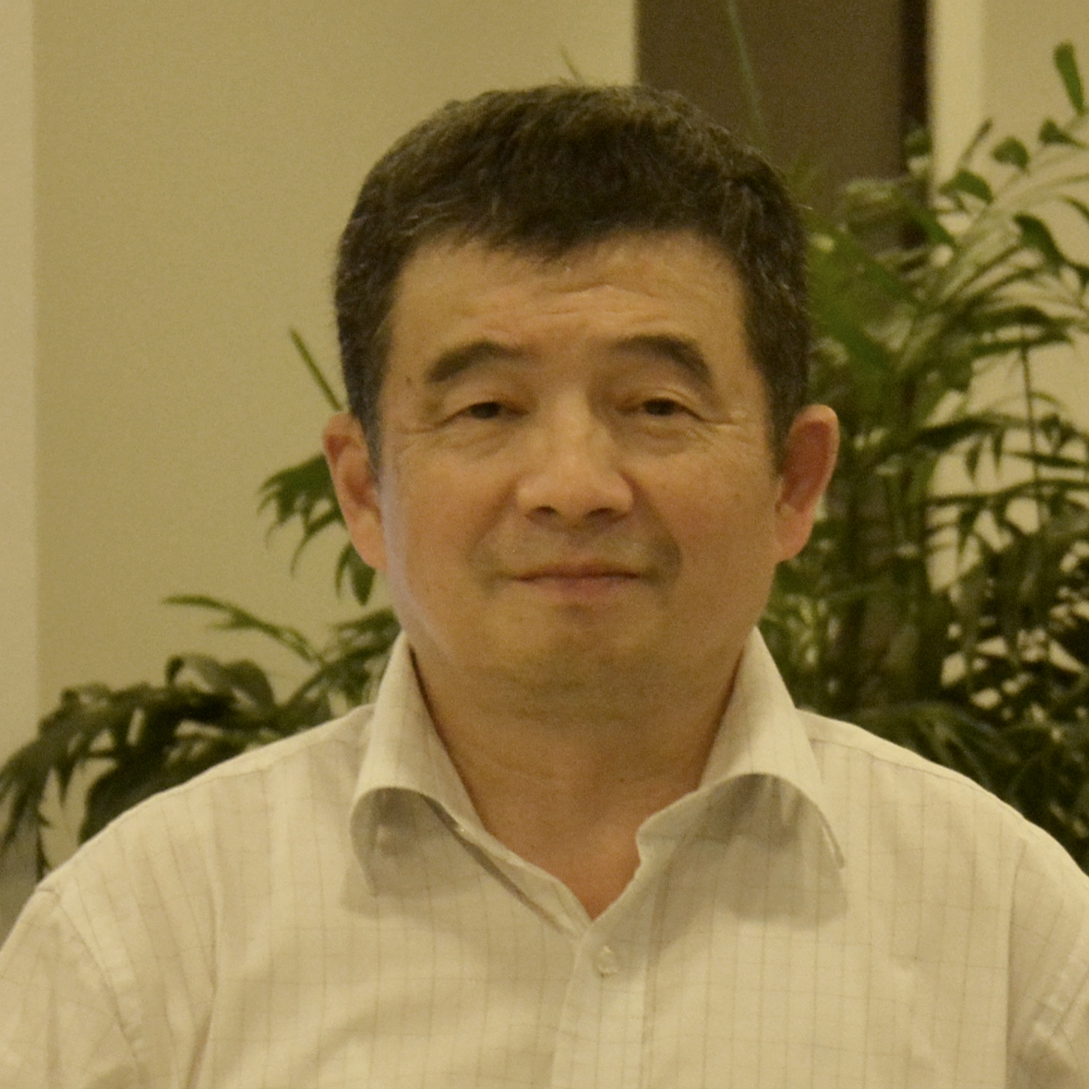
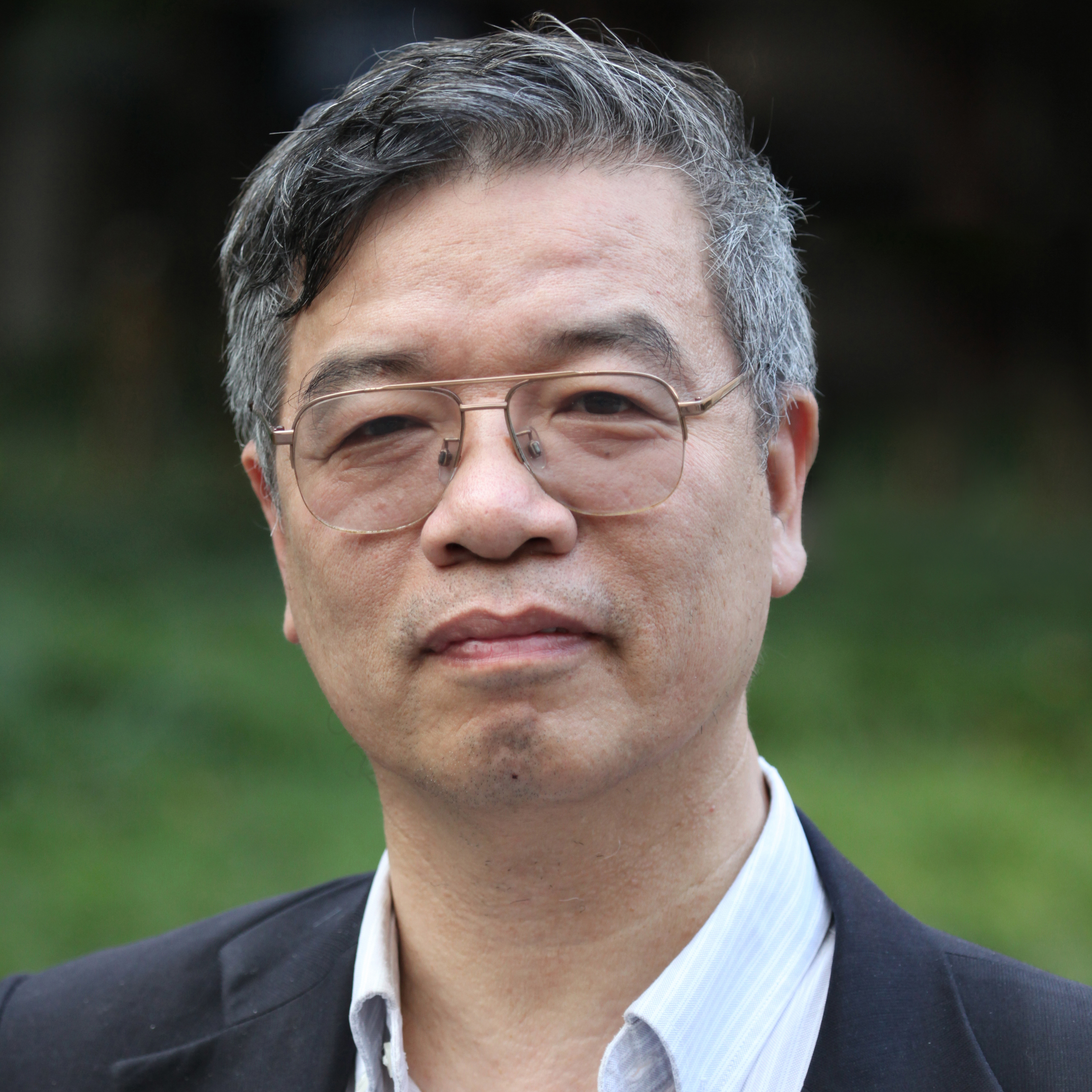
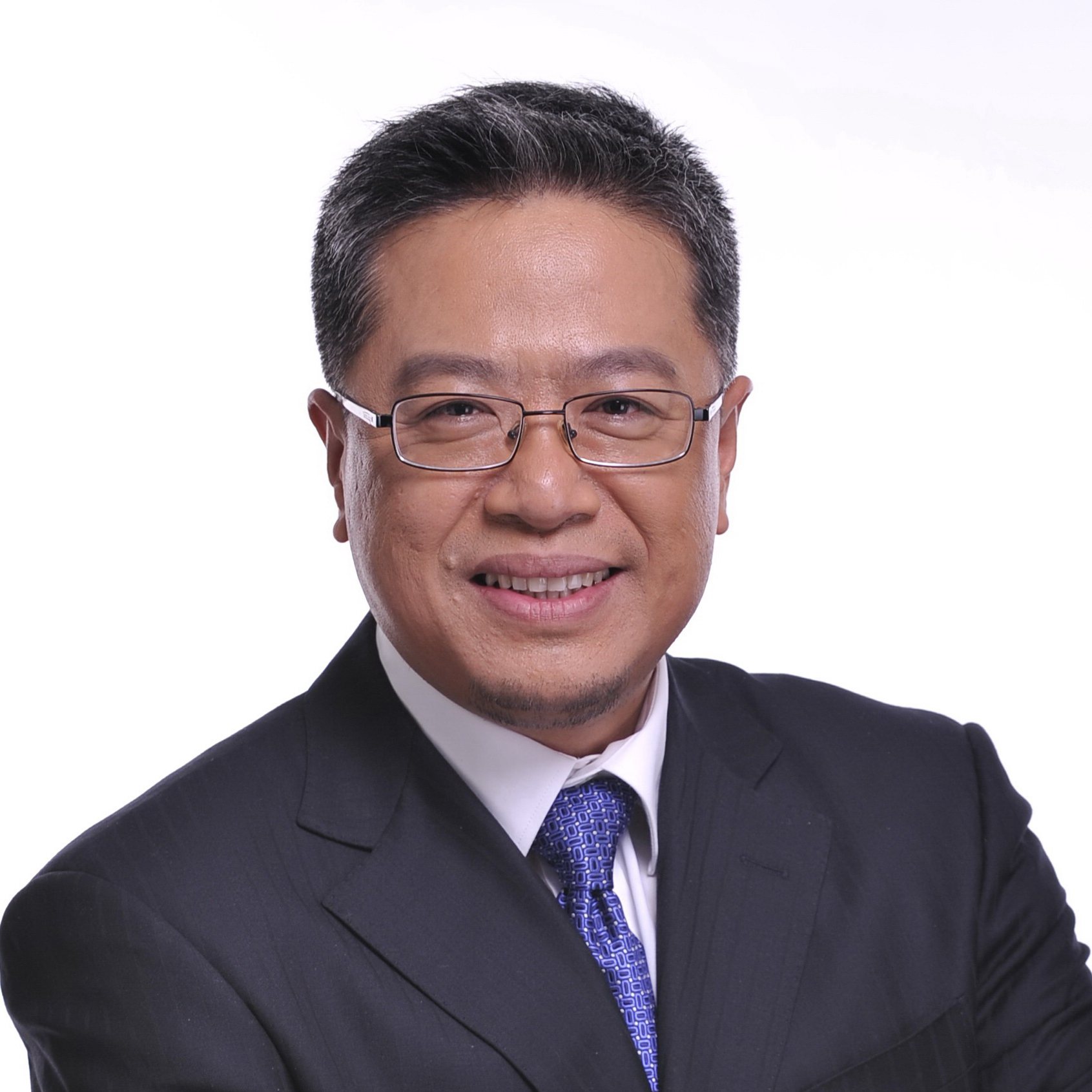
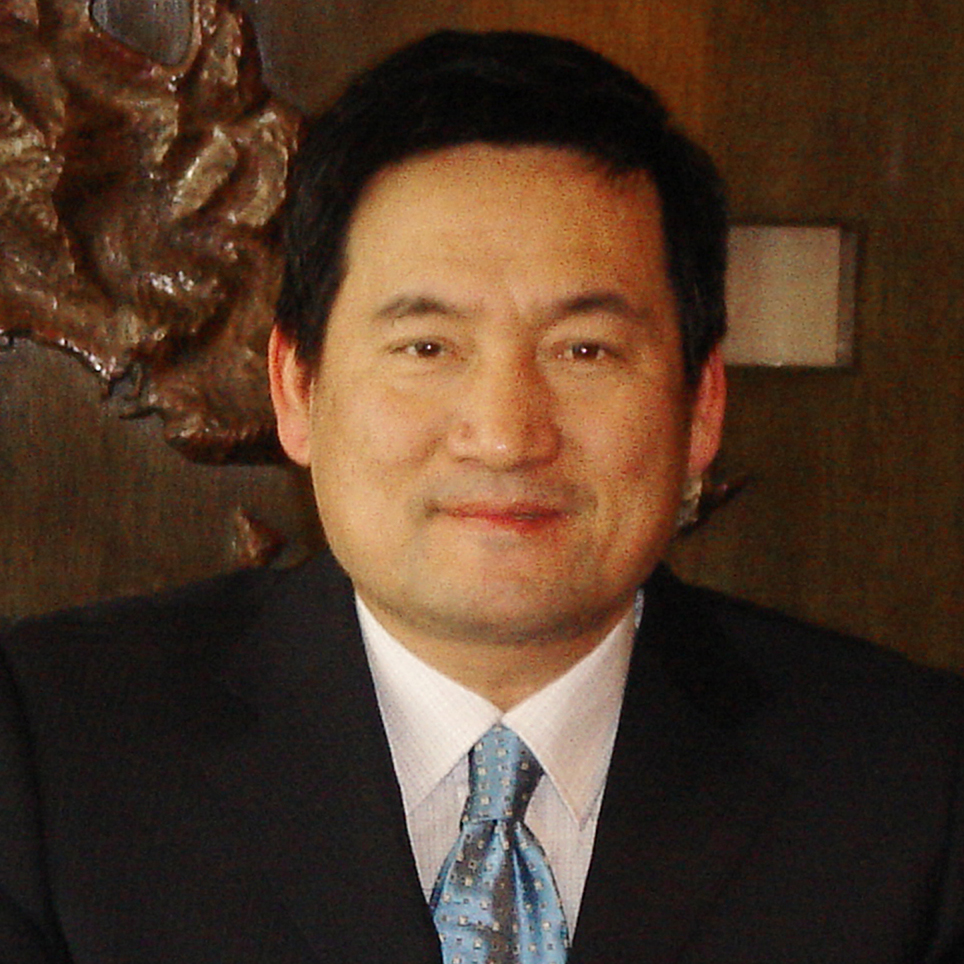




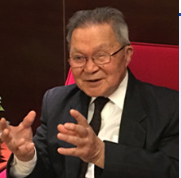

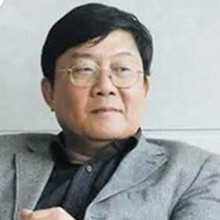

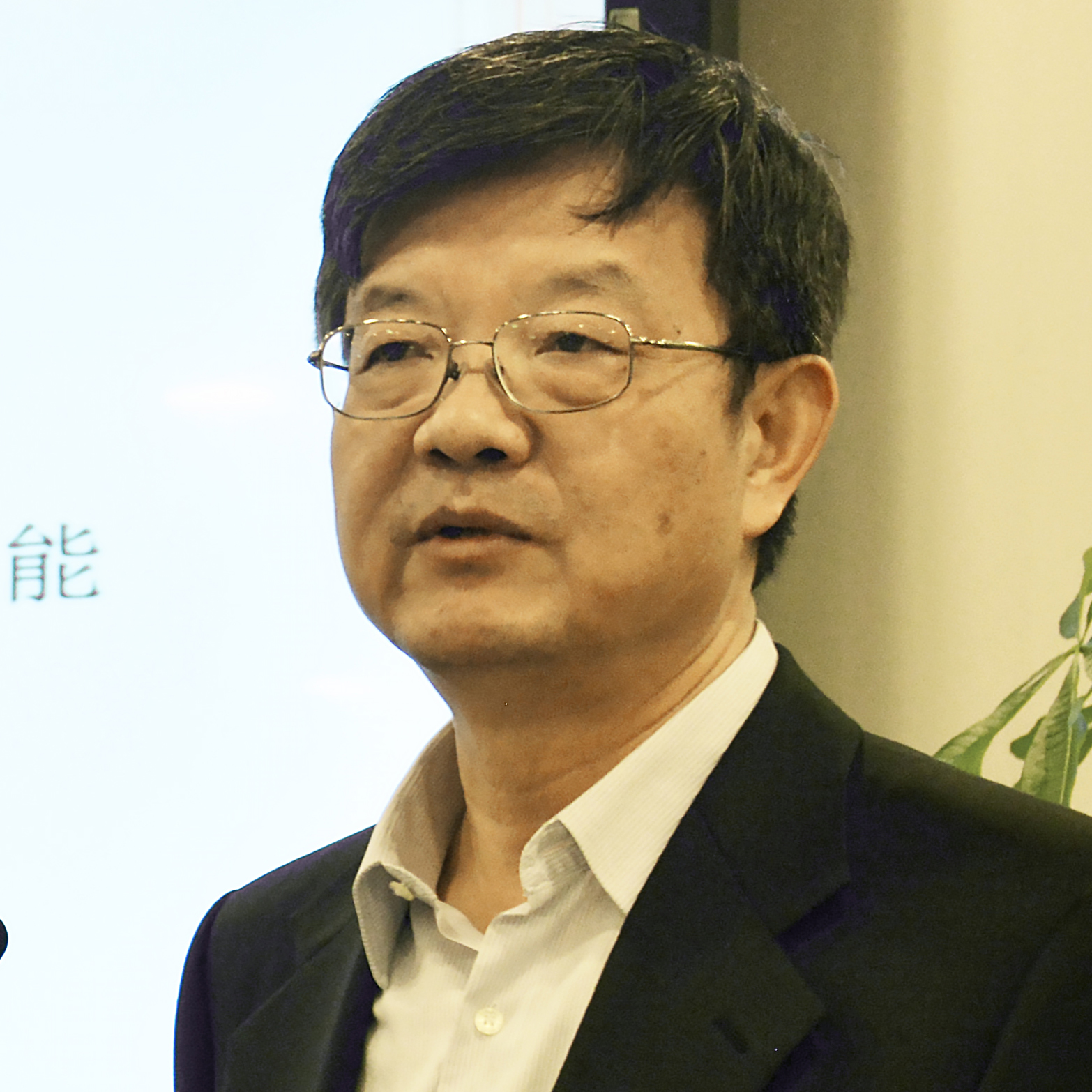
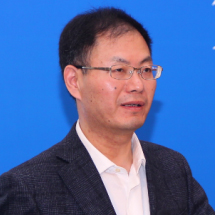

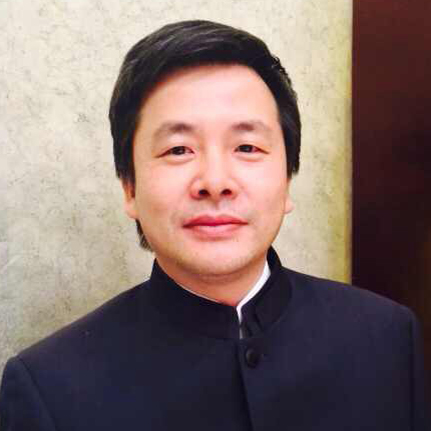
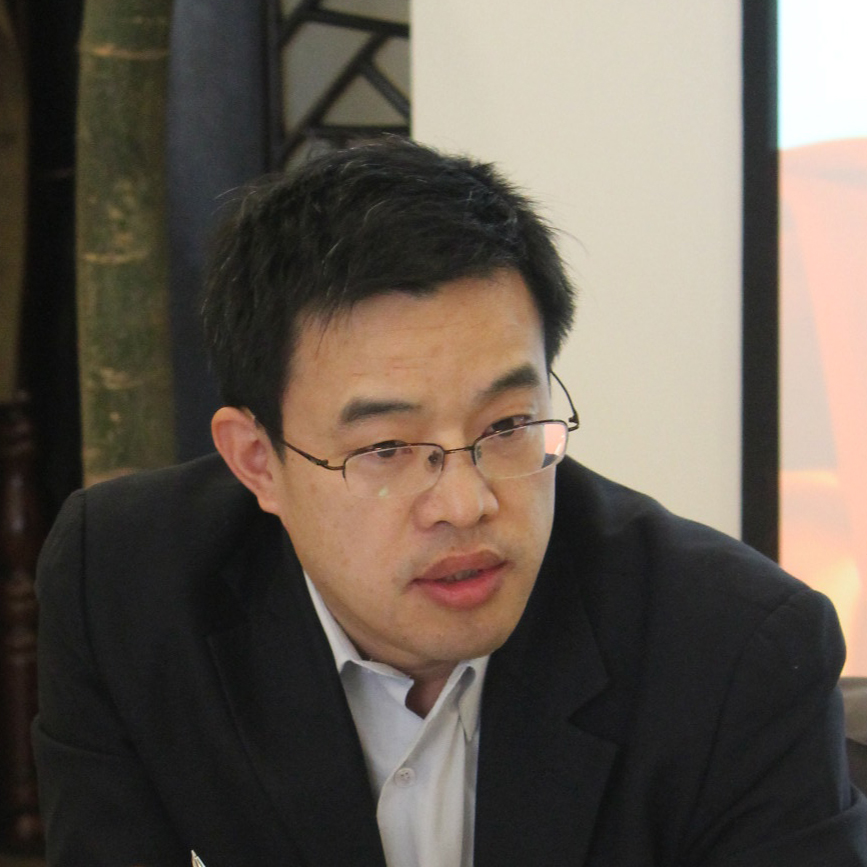
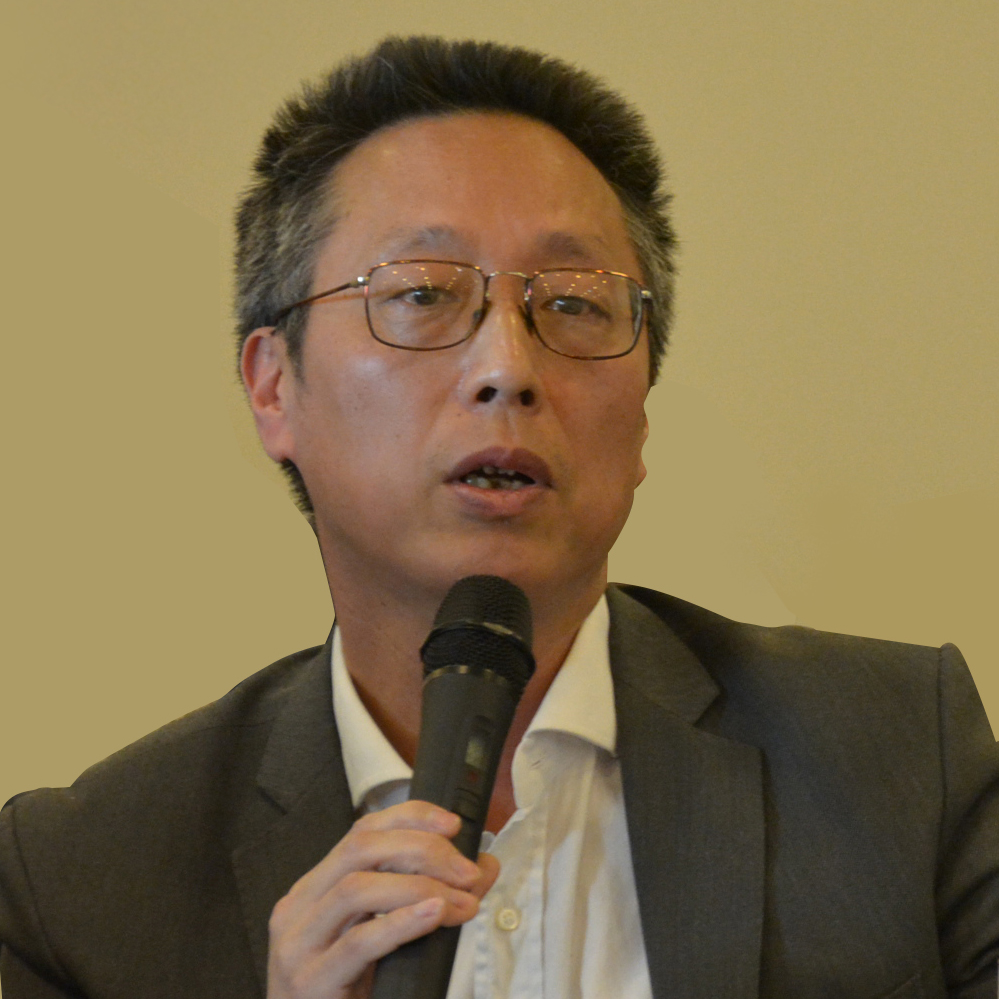
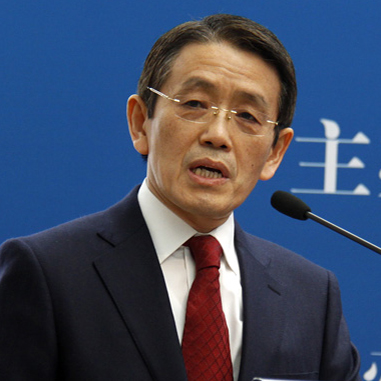

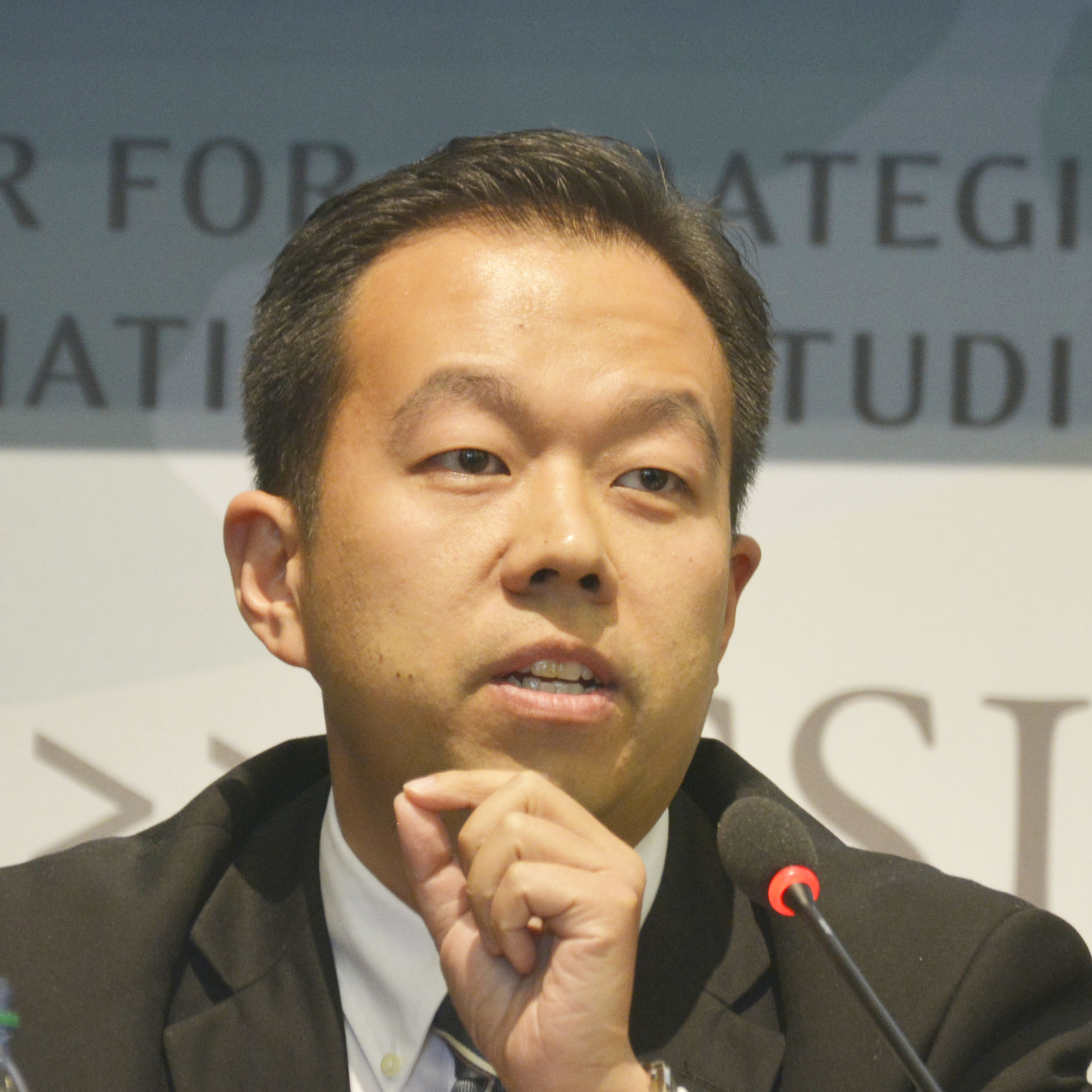

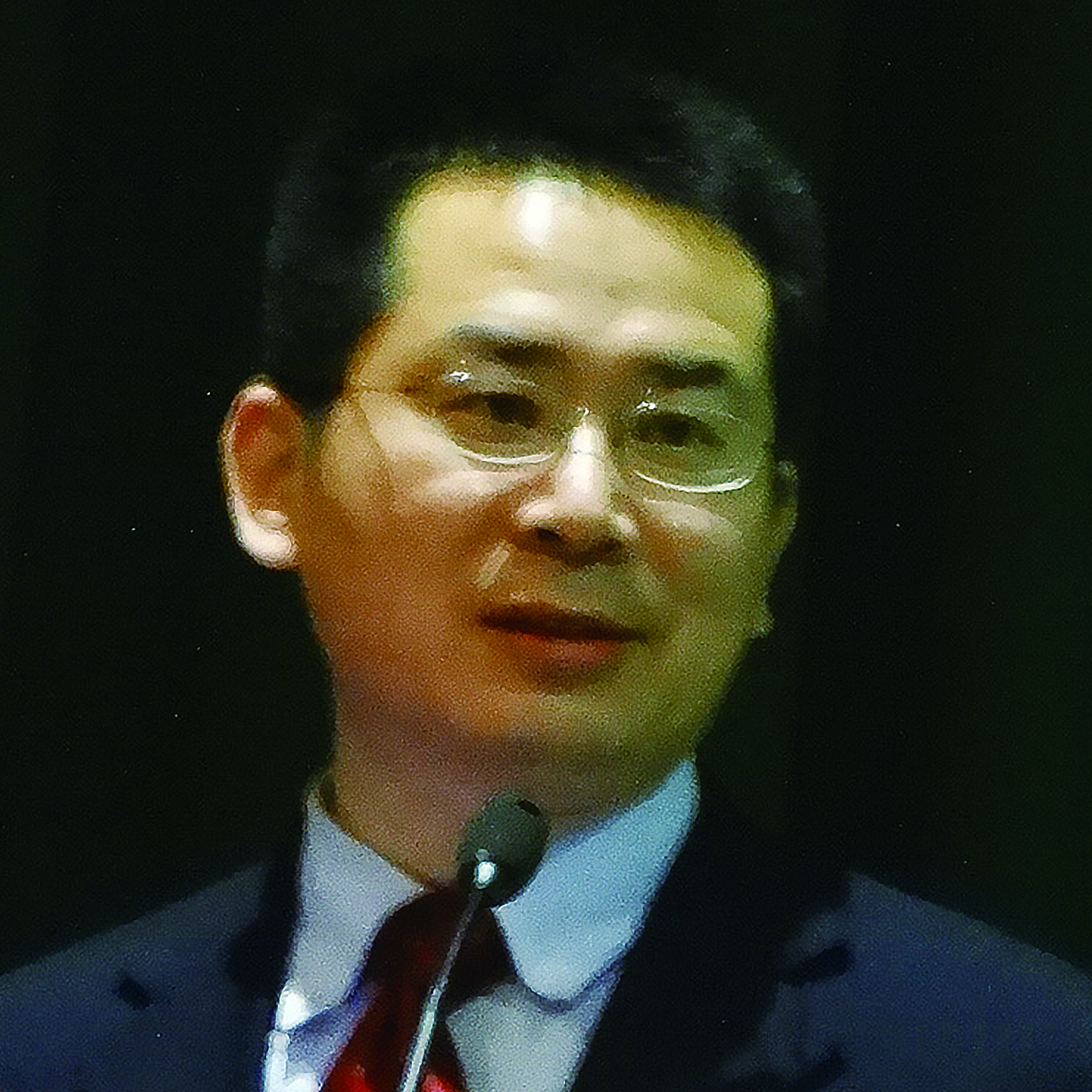
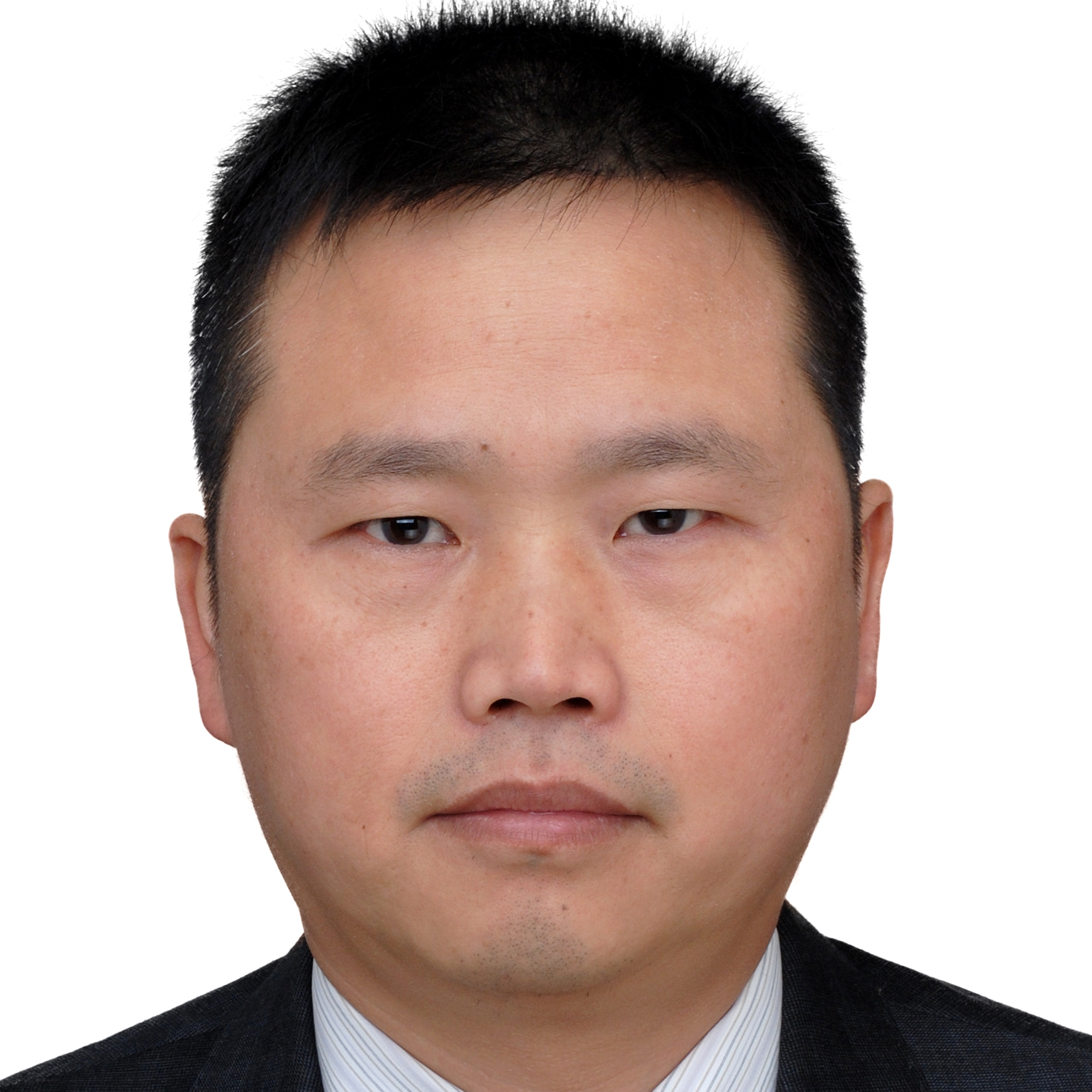
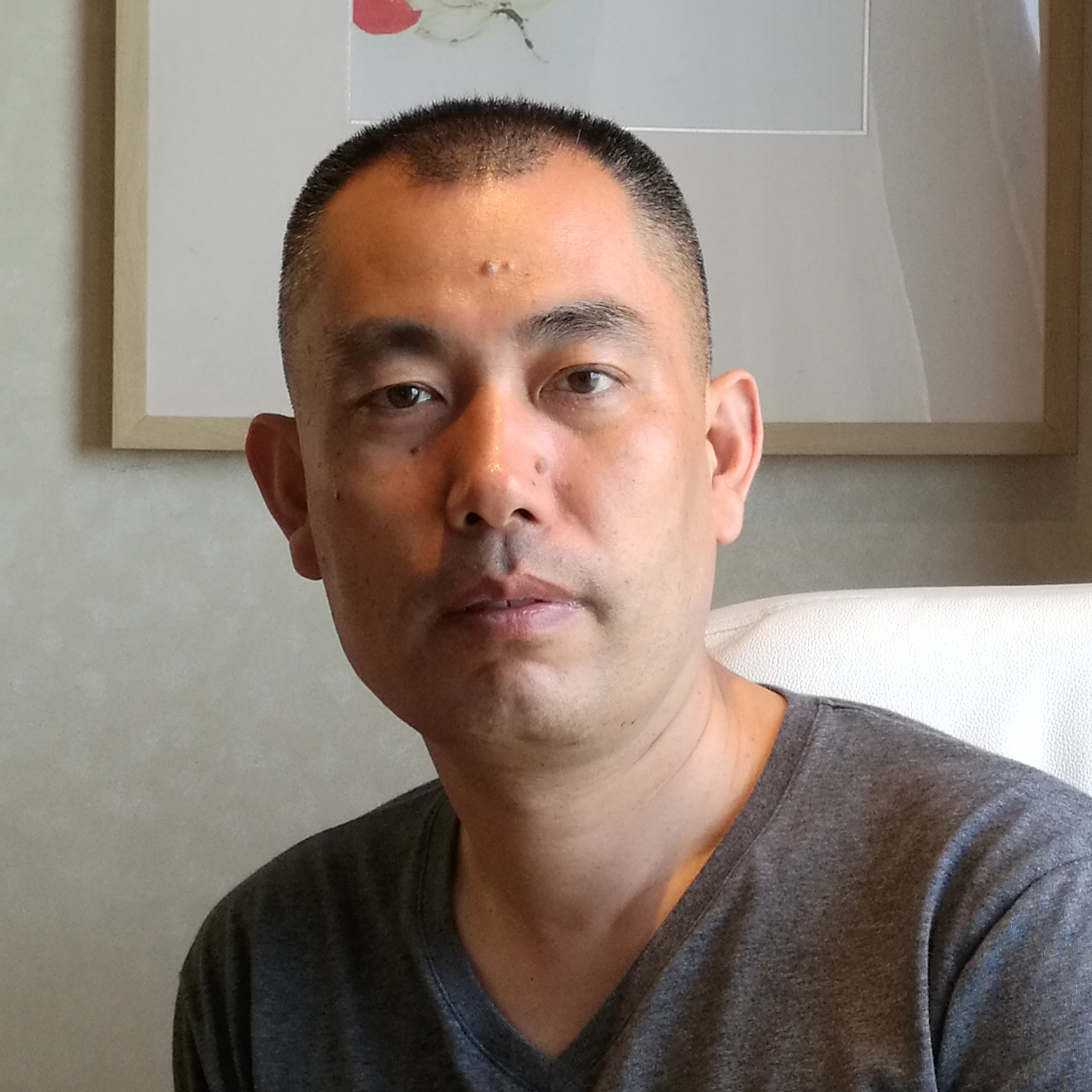





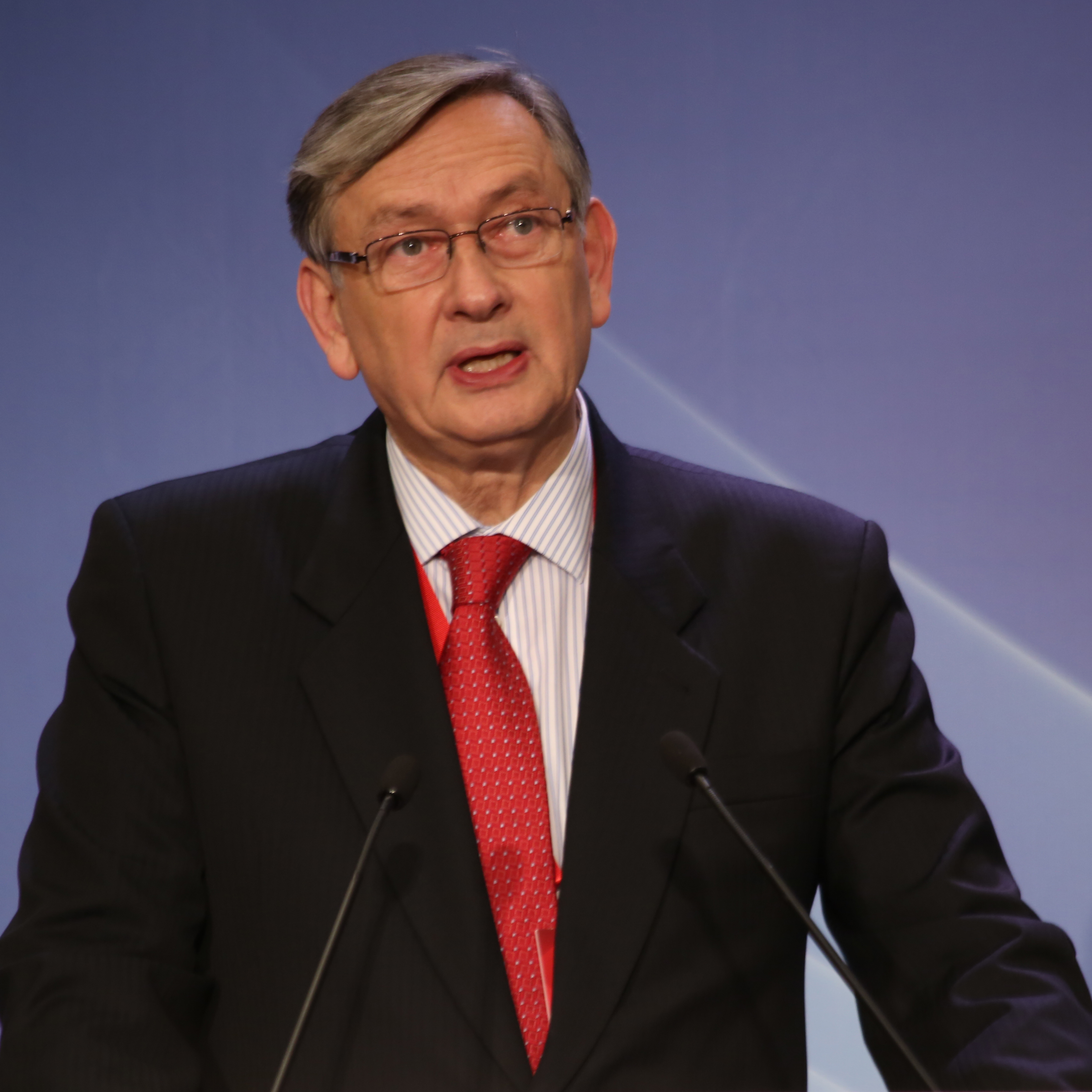
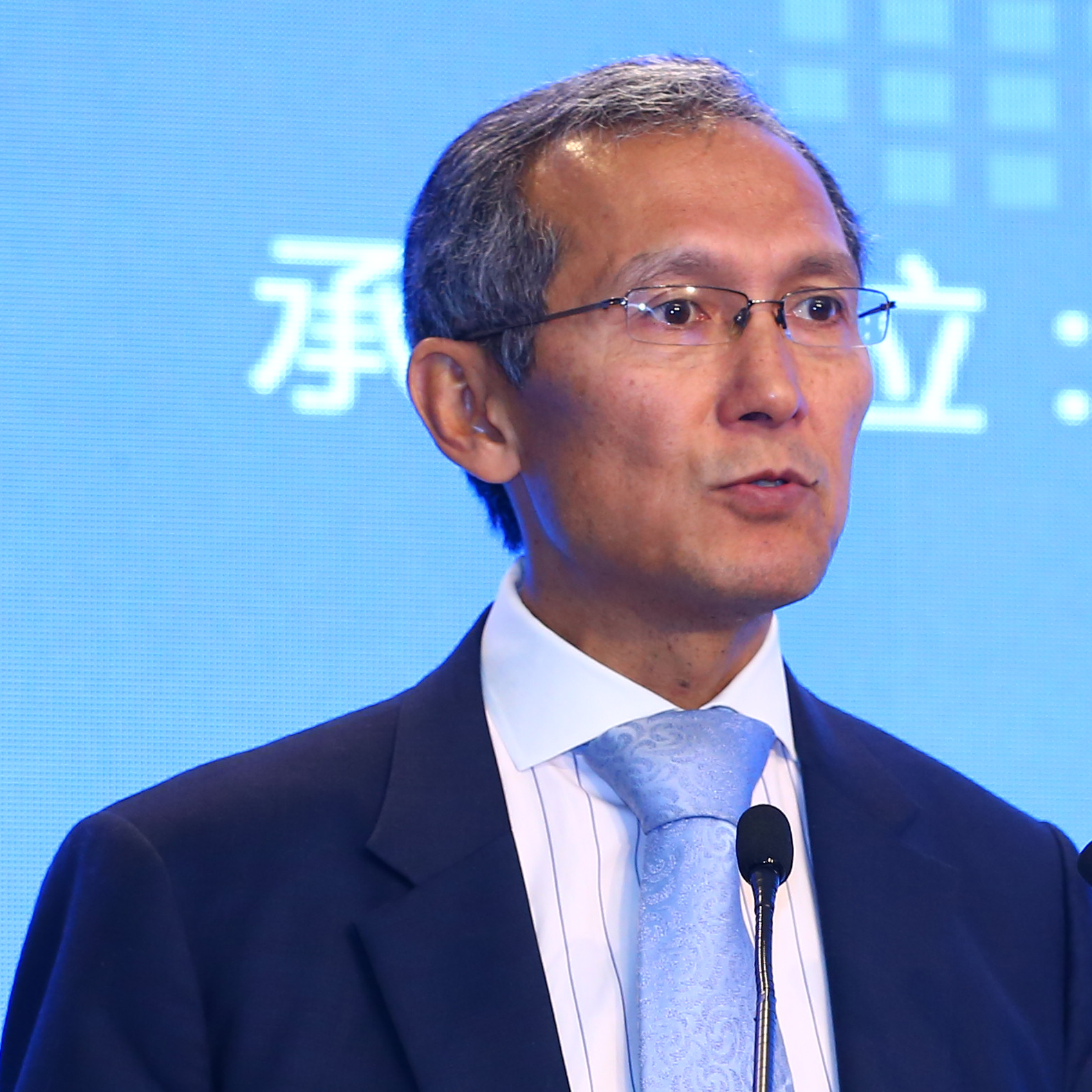
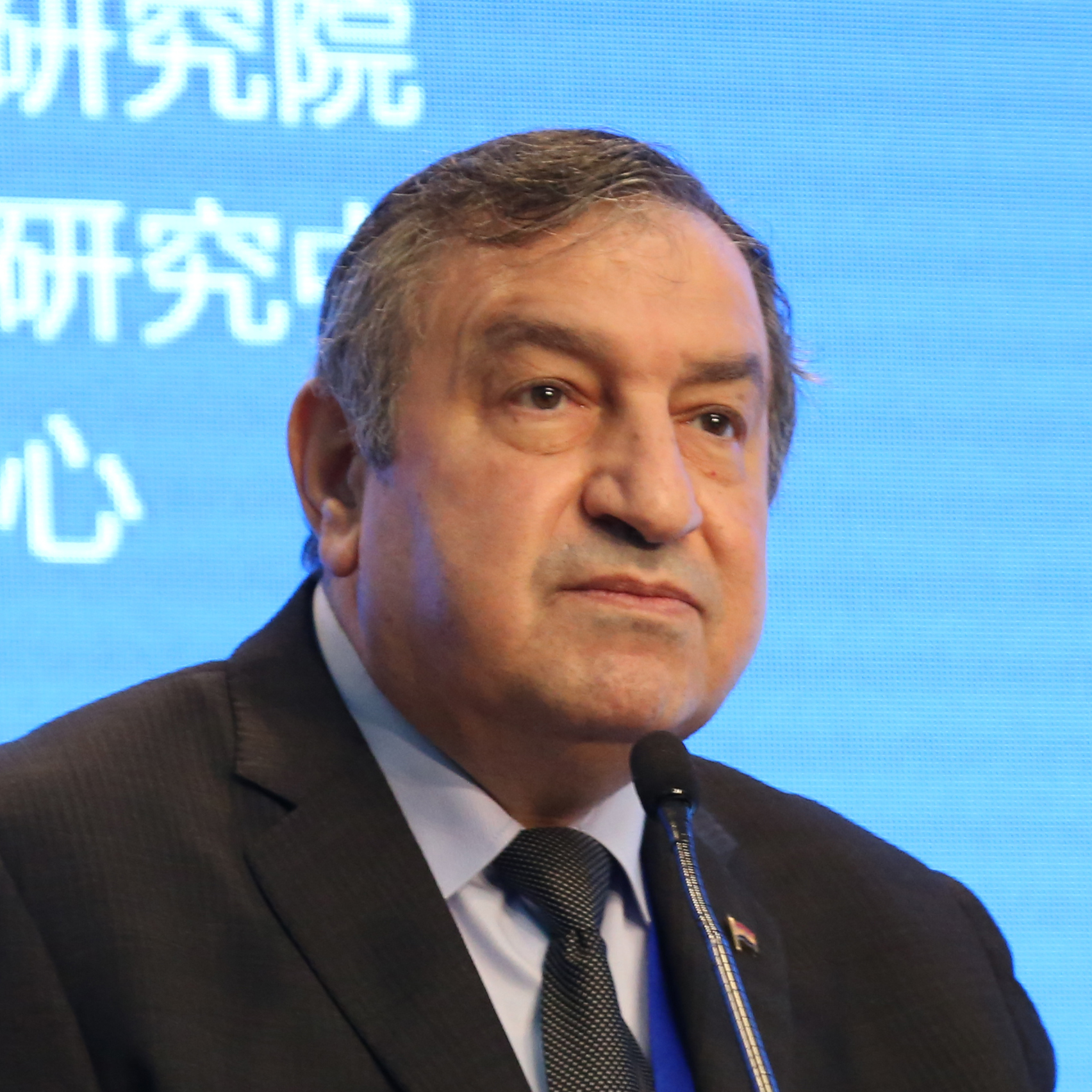

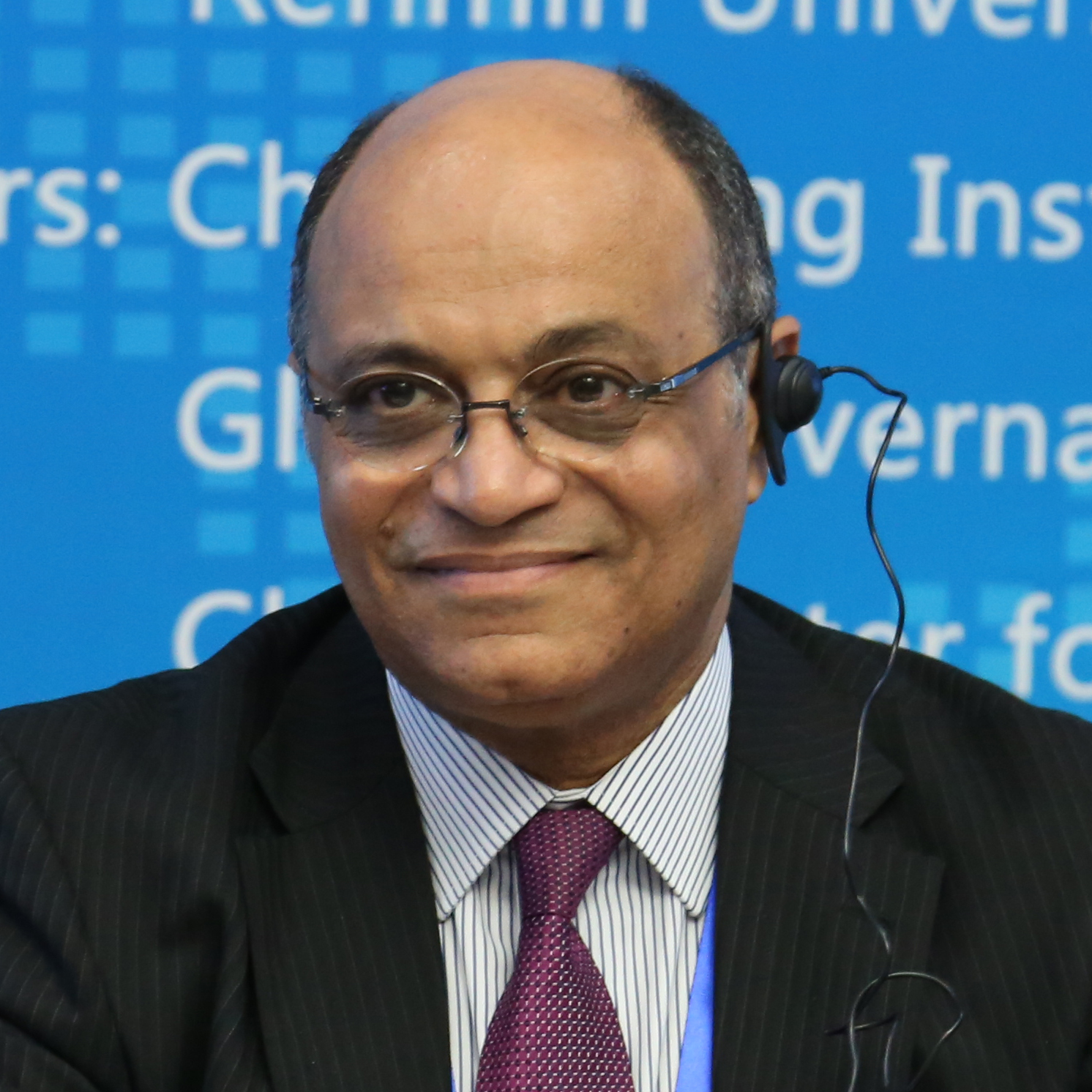







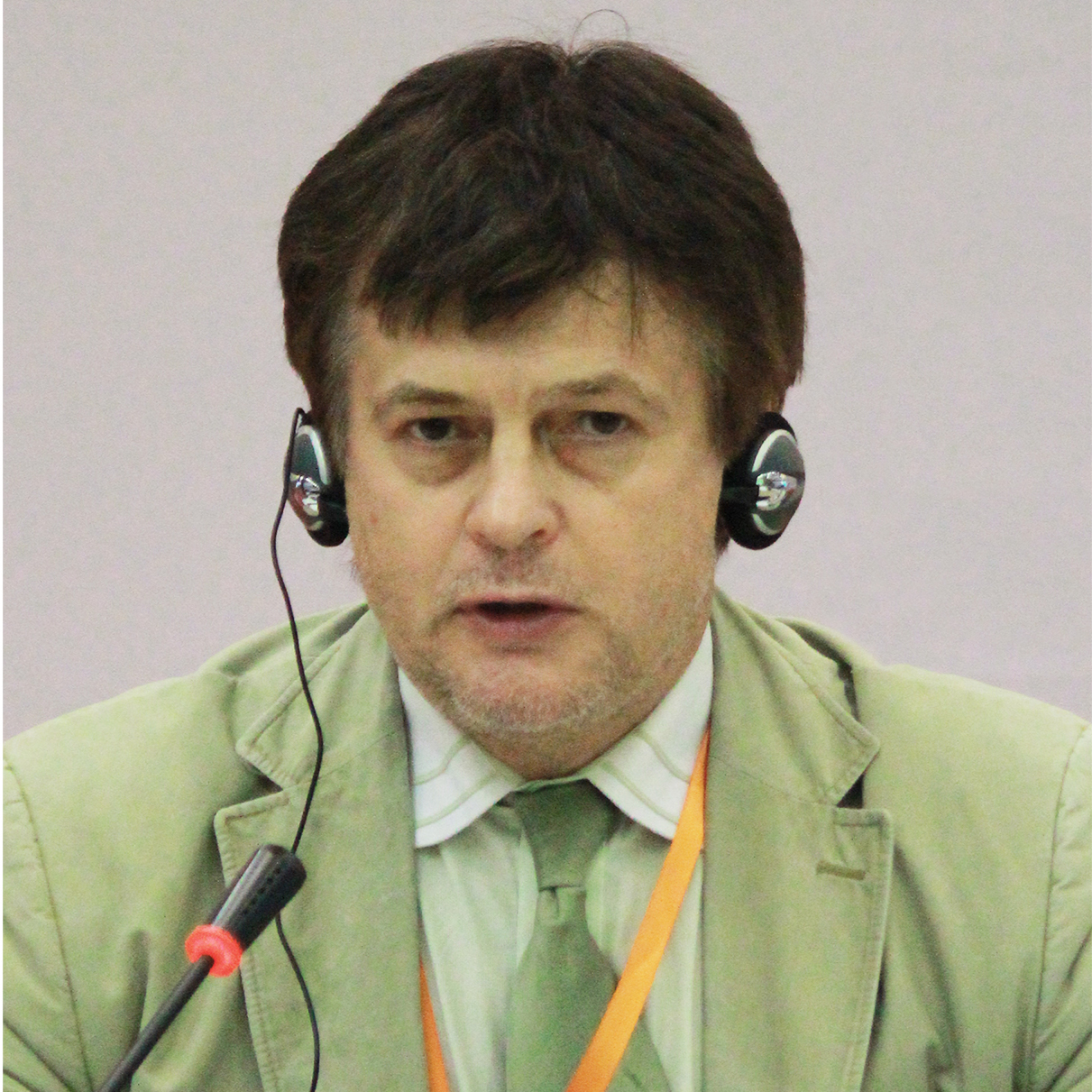


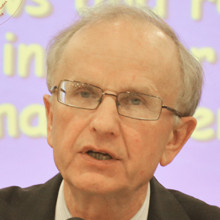

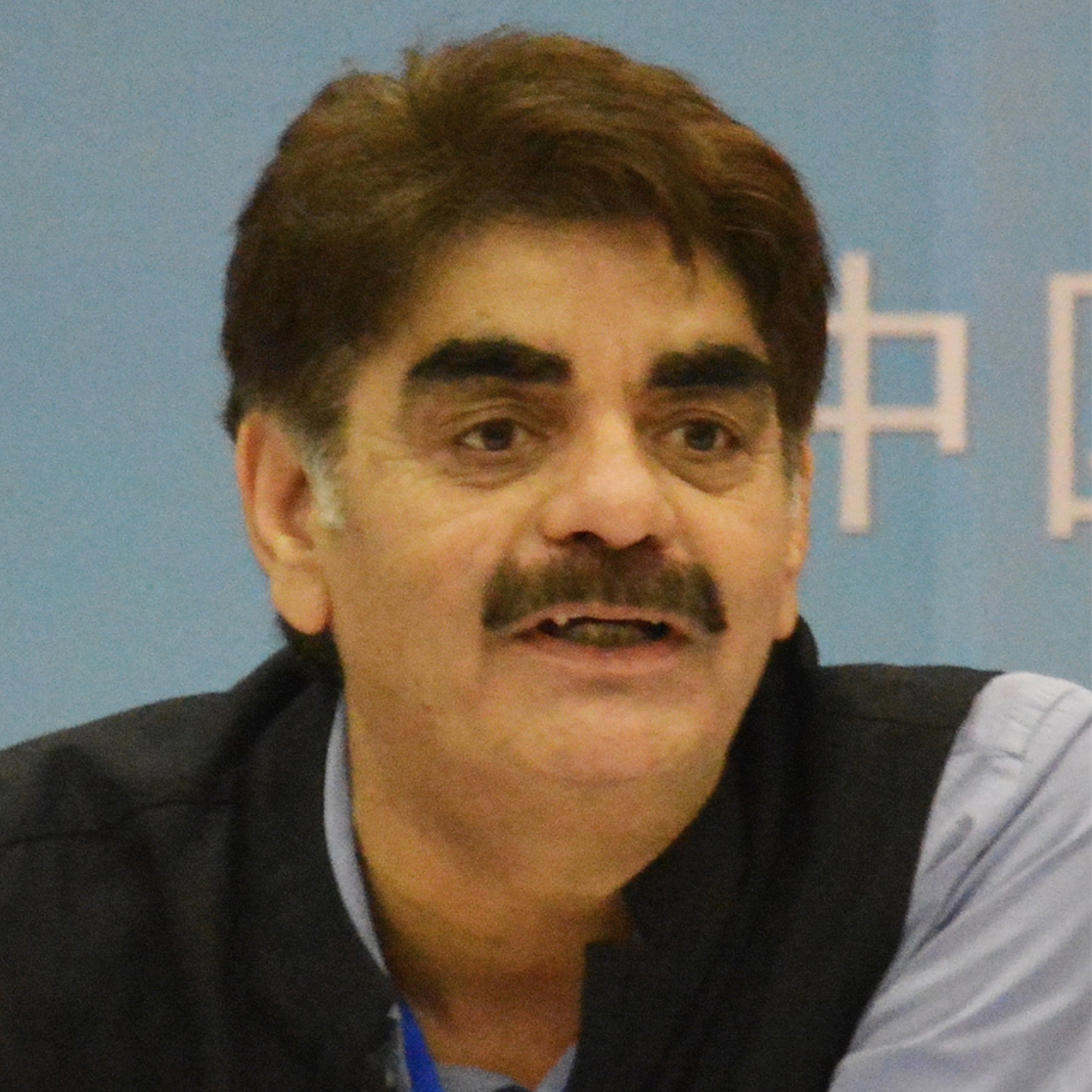
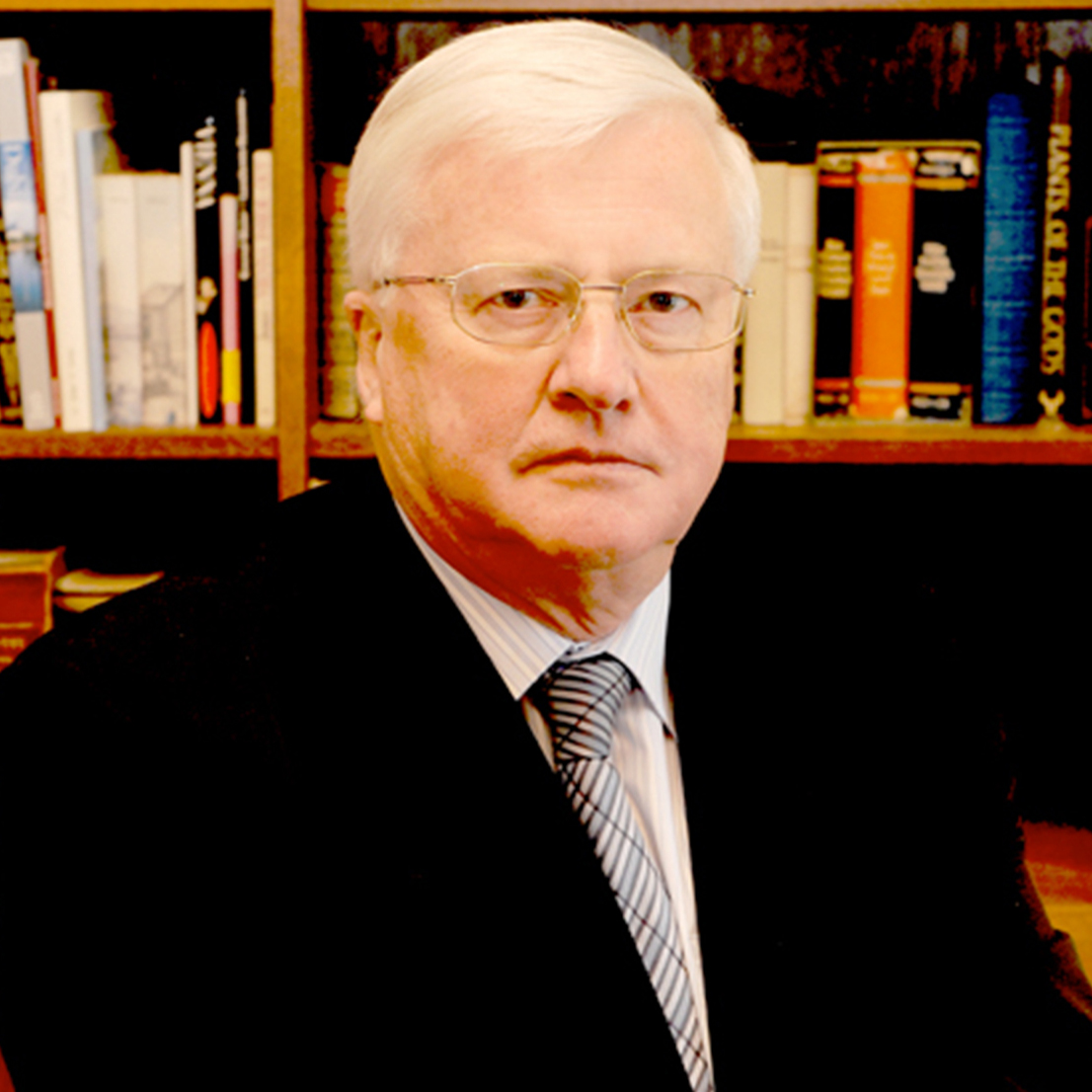
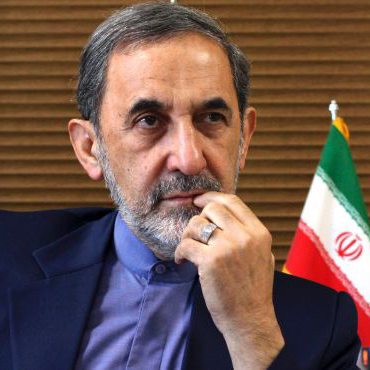

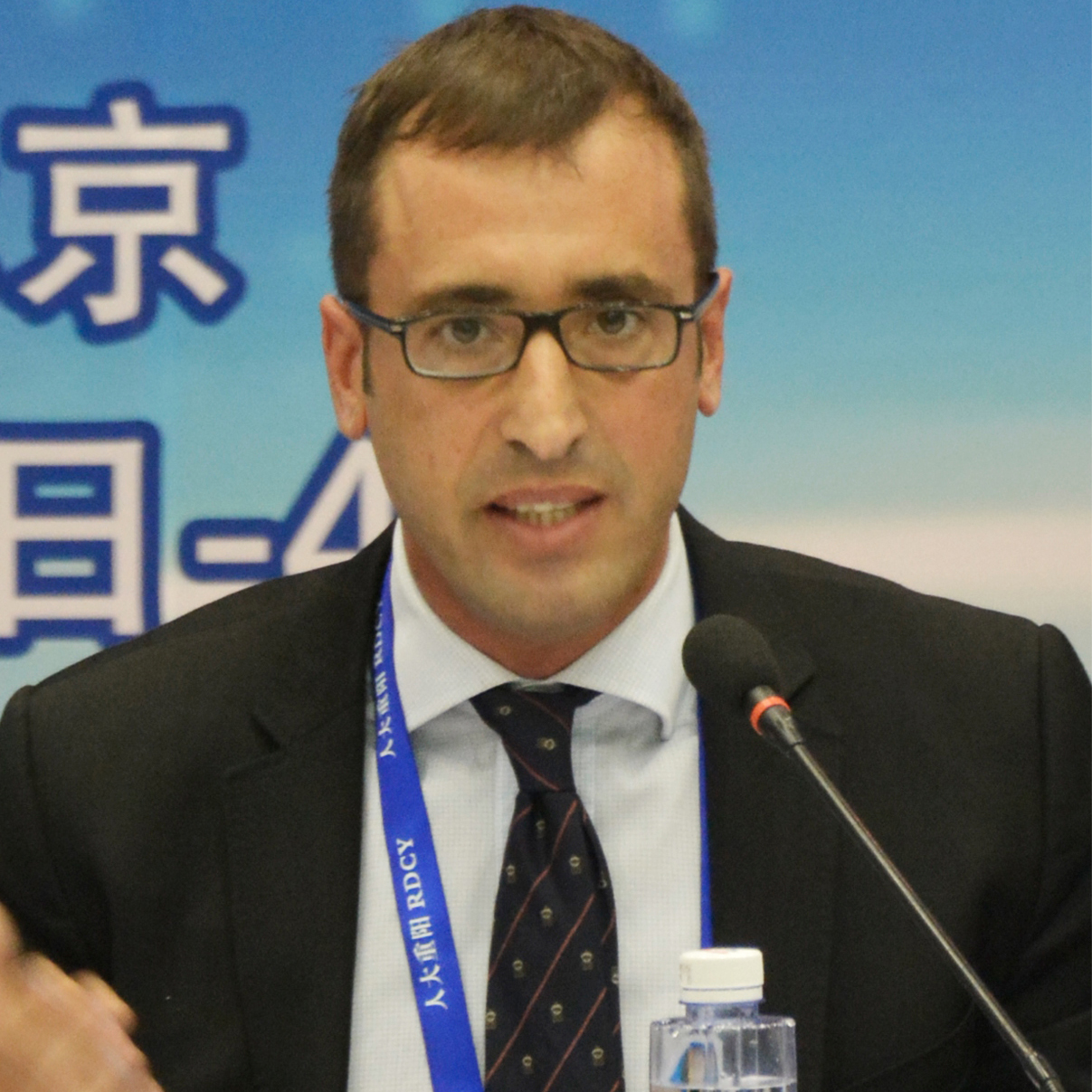
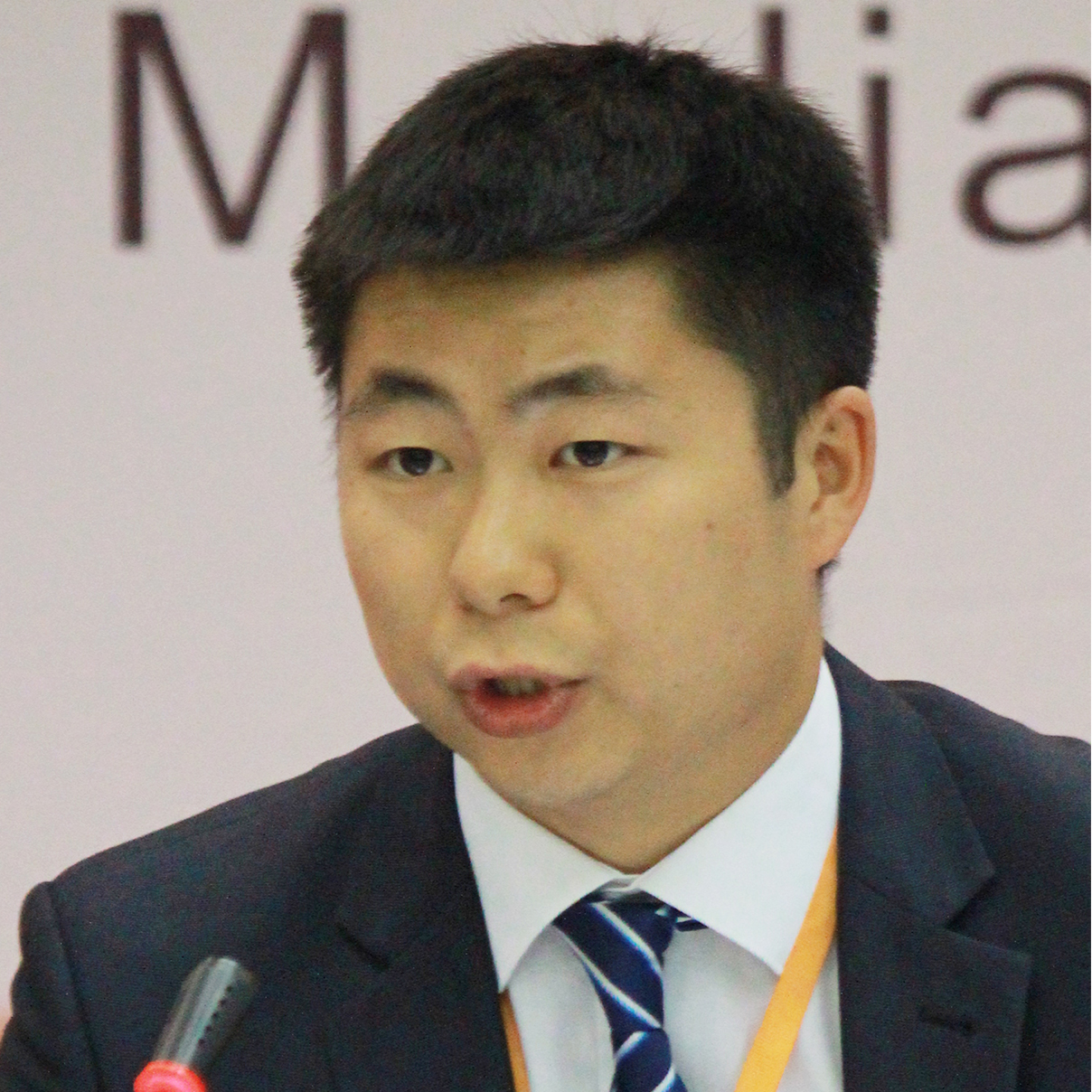
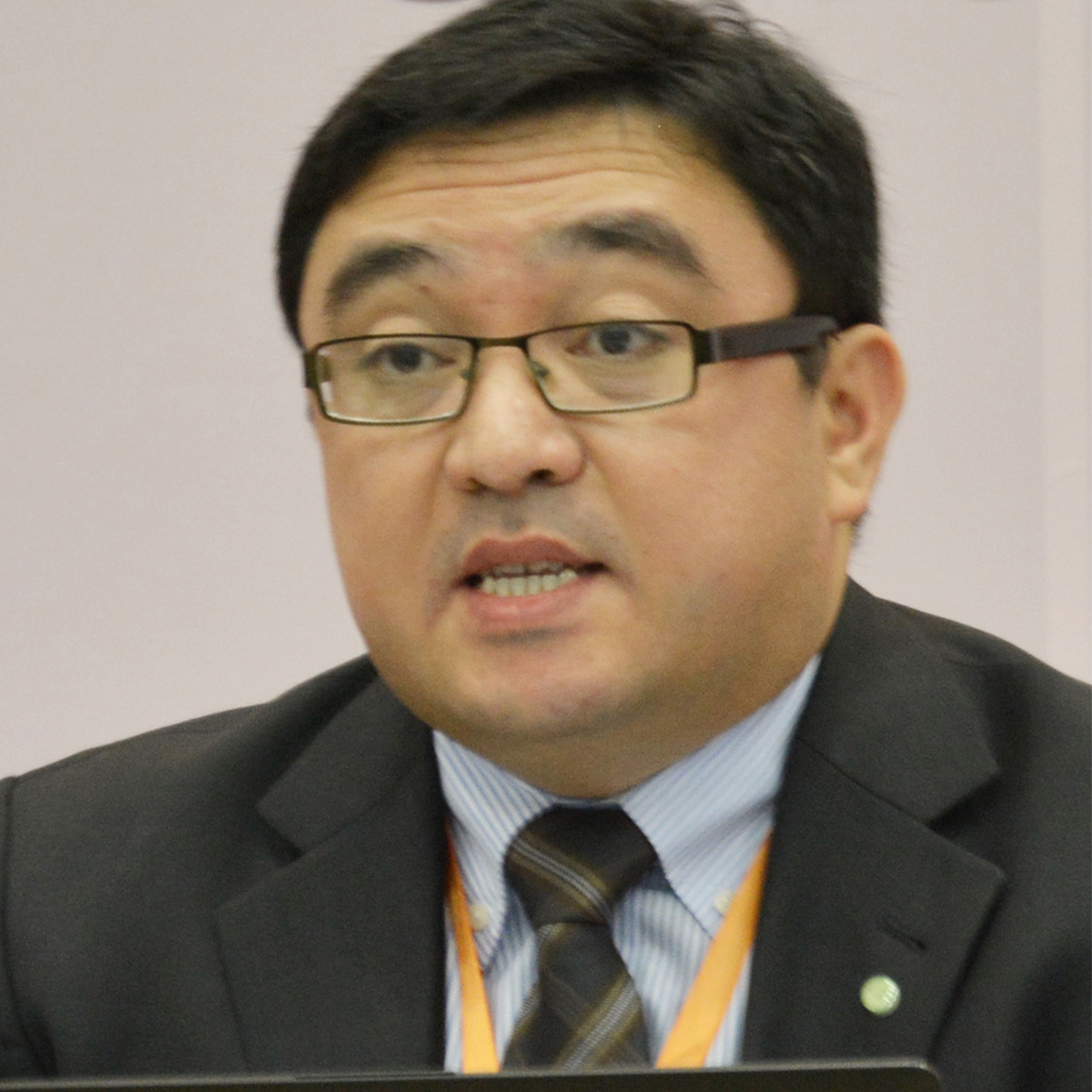
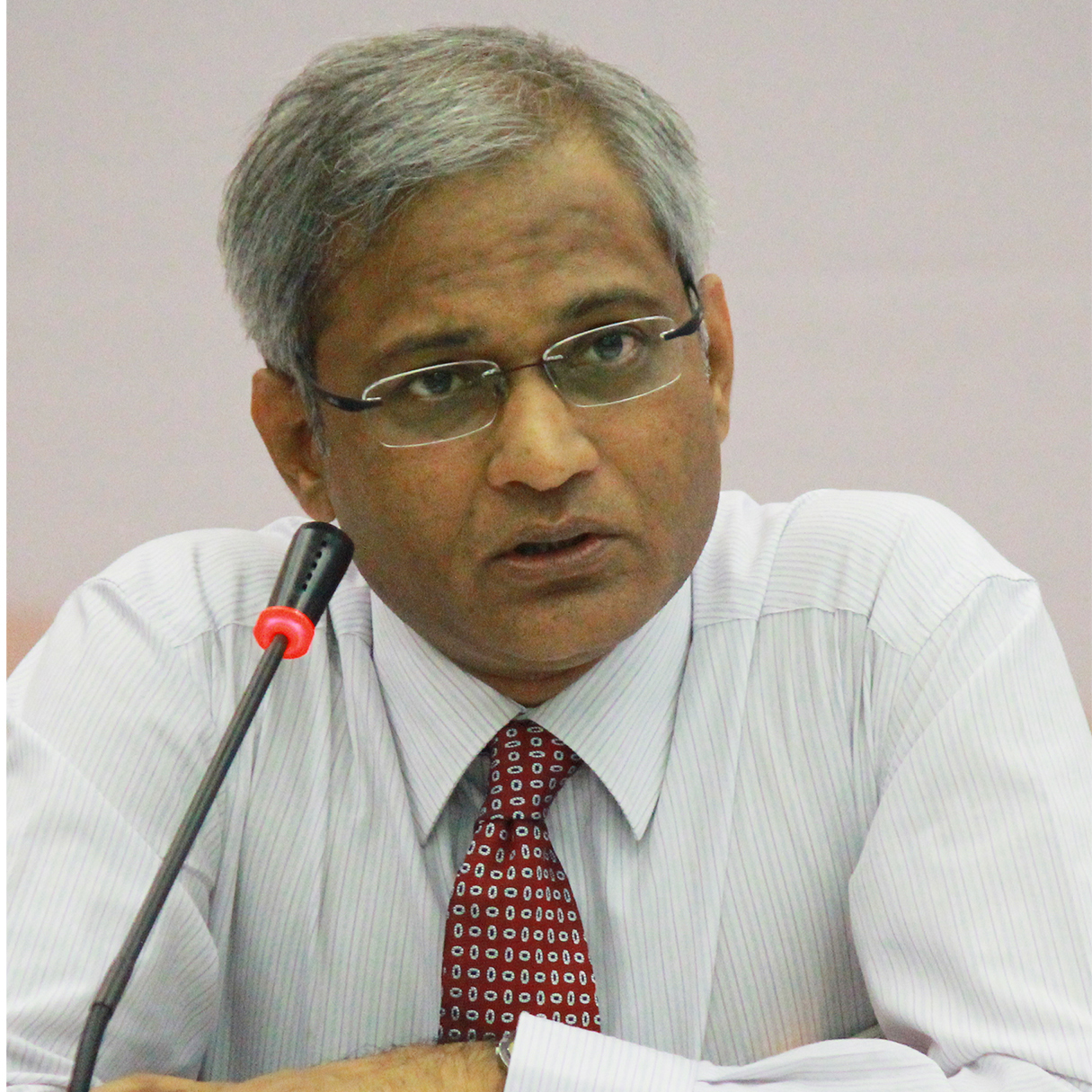
















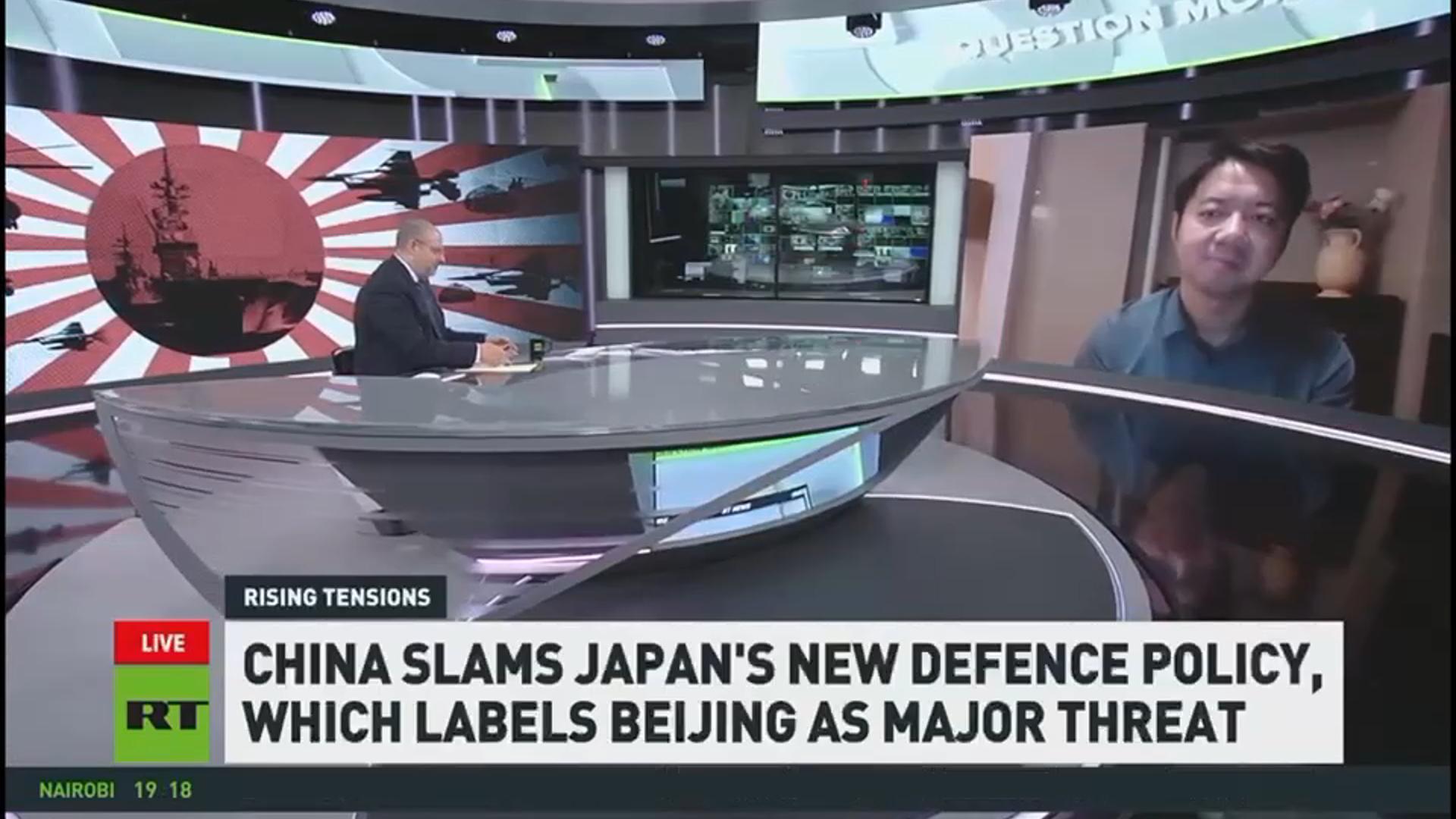
 京公网安备 11010802037854号
京公网安备 11010802037854号





